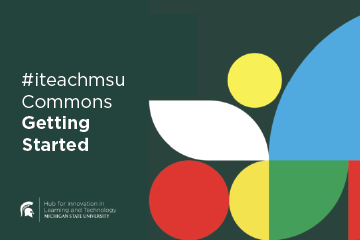We found 19 results that contain "education"
Posted on: #iteachmsu

Assessing Learning
What is Attention Deficit Hyperactivity Disorder?
Posted by:
Chathuri Hewapathirana
Posted on 1: #iteachmsu

What is Attention Deficit Hyperactivity Disorder?
ASSESSING LEARNING
Posted by:
Chathuri Hewapathirana
Posted on: #iteachmsu

Supporting Rationale and Research
Posted by:
Chathuri Super admin..

Posted on 1: #iteachmsu

Supporting Rationale and Research
Posted by:
Chathuri Super admin..

Posted on: #iteachmsu

ADHD and School interventions
Posted by:
Chathuri Hewapathirana

Posted on 1: #iteachmsu

ADHD and School interventions
Posted by:
Chathuri Hewapathirana

Posted on: #iteachmsu

ADHD Students and Classroom Considerations
Authored by:
Admin
Posted on 1: #iteachmsu

ADHD Students and Classroom Considerations
Authored by:
Admin
Posted on: #iteachmsu

Students and Classroom
Authored by:
Admin
Posted on 1: #iteachmsu

Students and Classroom
Authored by:
Admin
Posted on: #iteachmsu

Navigating Context
Classroom Supports
Authored by:
Greg Thomsan

Posted on: #iteachmsu

Navigating Context
ADHD and School interventions
Authored by:
Super admin - R

Posted on: #iteachmsu

Playlist: Students with ADHD
Authored by:
Super admin - R

Posted on 1: #iteachmsu

Playlist: Students with ADHD
Authored by:
Super admin - R

